Convict transportation
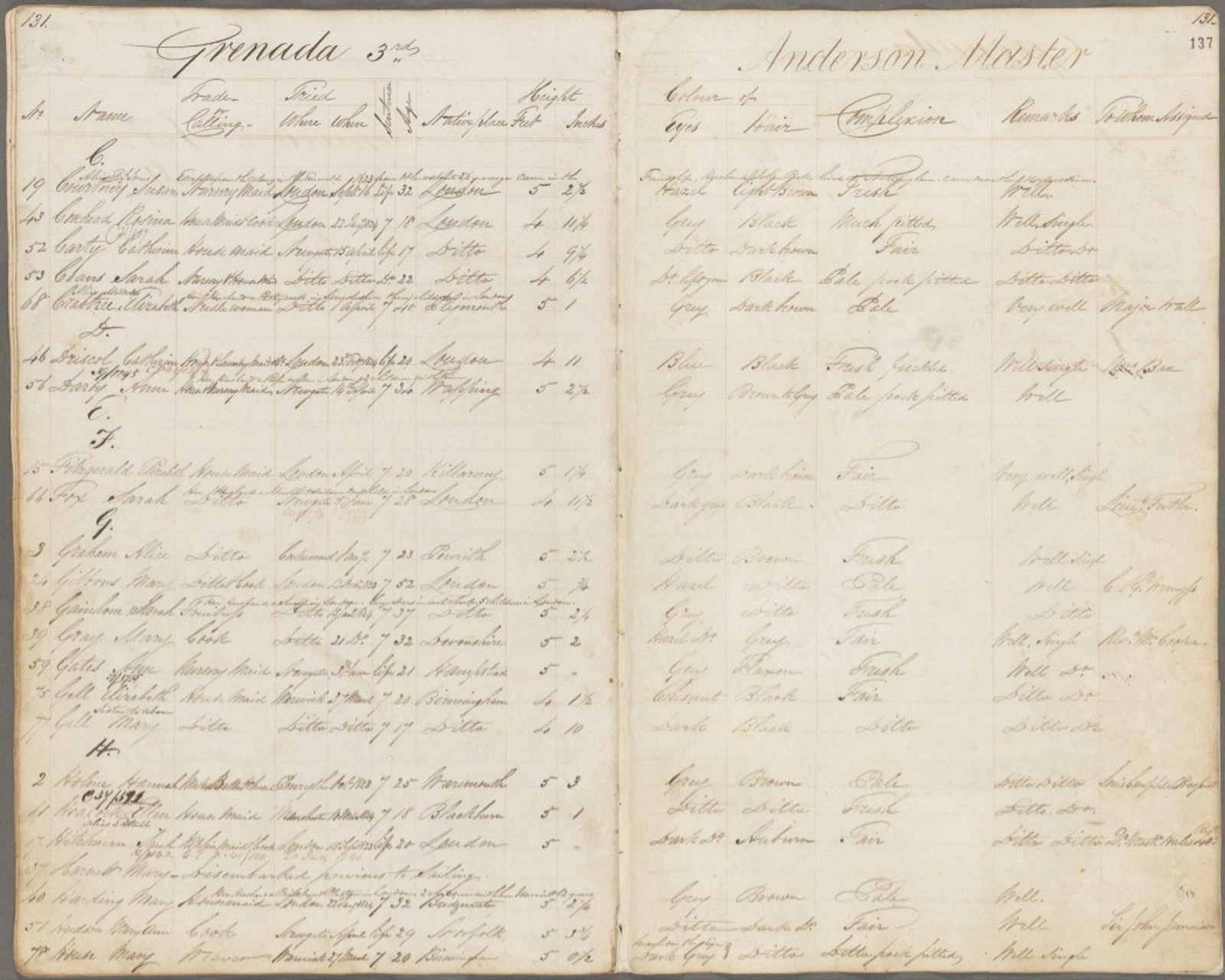
On This Day
10 Sep 1823 - escapee re-transported to NSW
On the 10th of September 1823 Susan Courtney was tried in England for returning from transportation
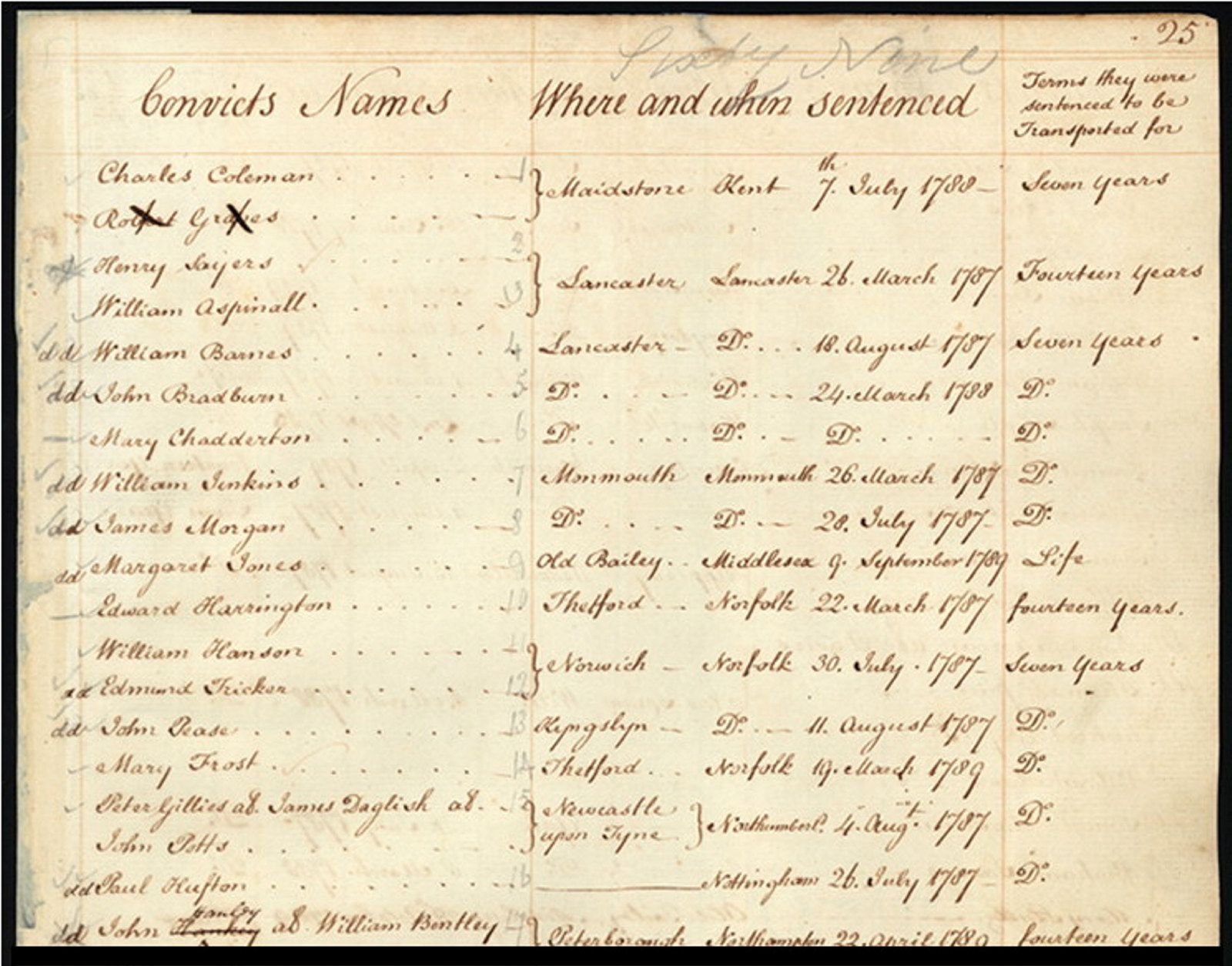
On This Day
20 Jan 1788 - First Fleet arrived at Botany Bay
On 20 January 1788 the last of the eleven ships of the First Fleet arrived at Botany Bay
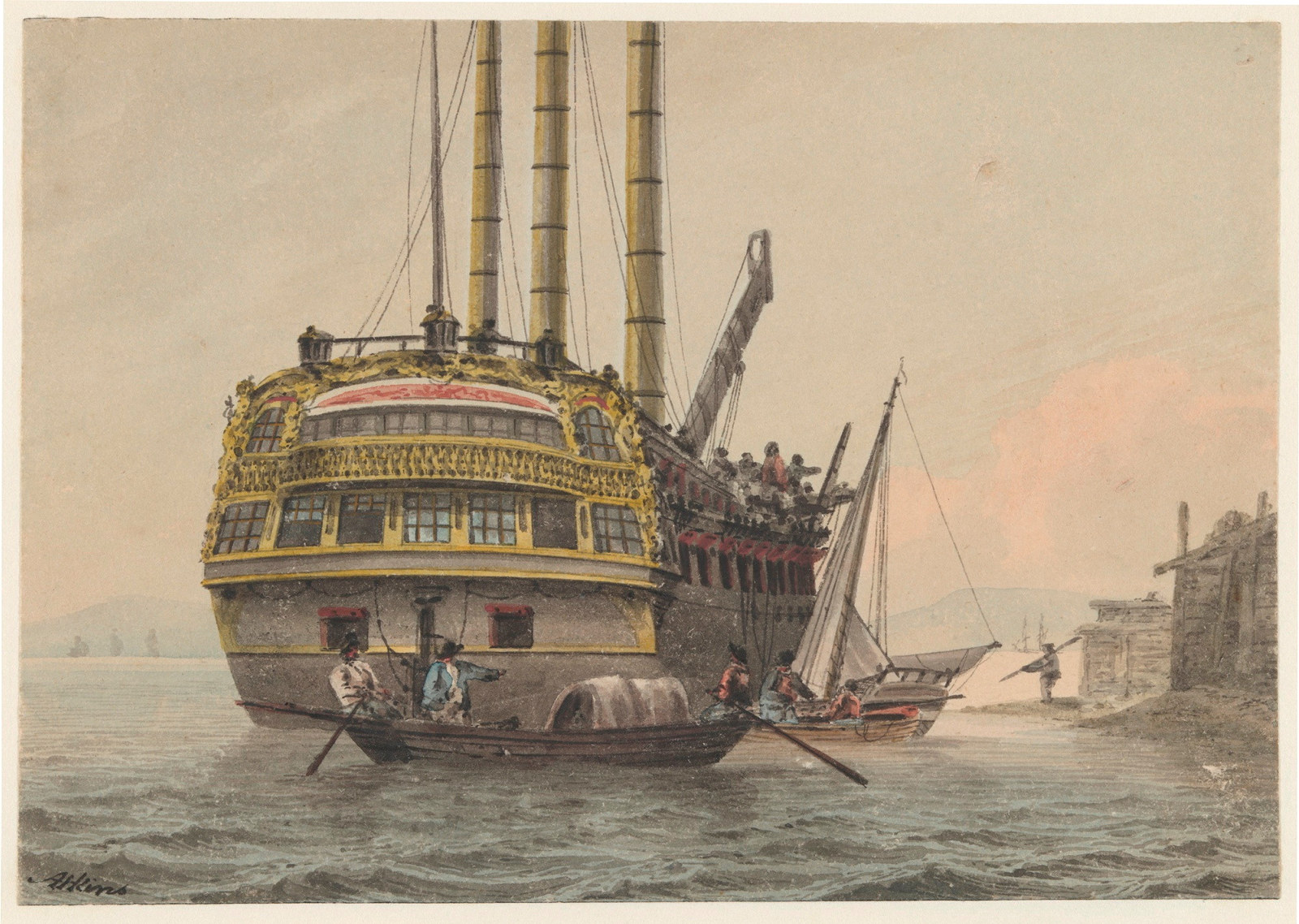
Convict Sydney
Convict hulks
In the 21st century we are accustomed to thinking of imprisonment as one of the more obvious forms of punishment for convicted criminals. This was not so in the past.

Convict transportation to NSW
A history of convict transportation to New South Wales and related records such as trial records and records of the voyage and arrival
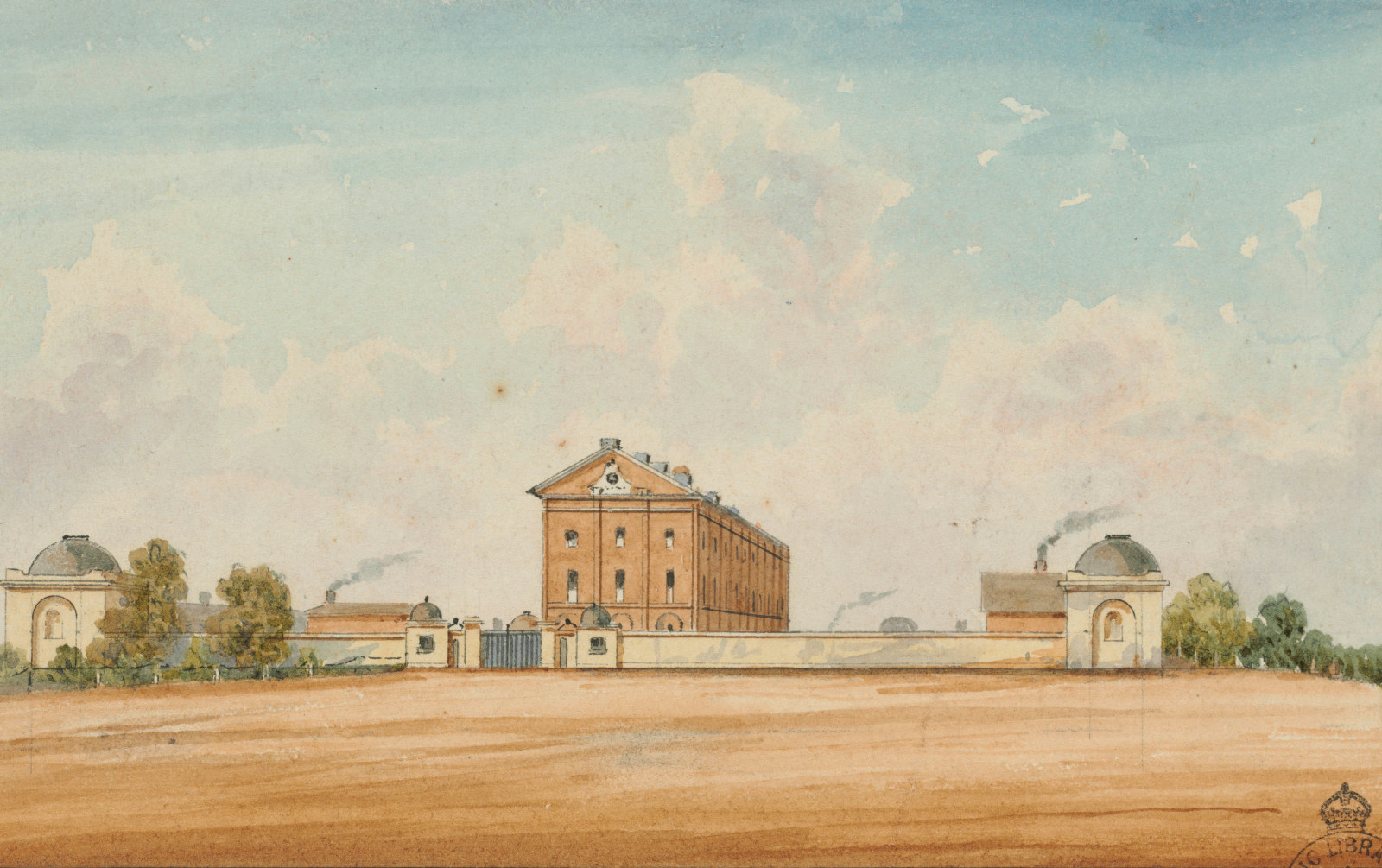
Convicts for the colonists
Colourful colonial-era stories from ou properties give us a window into the central role the Hyde Park Barracks played in convicts’ lives
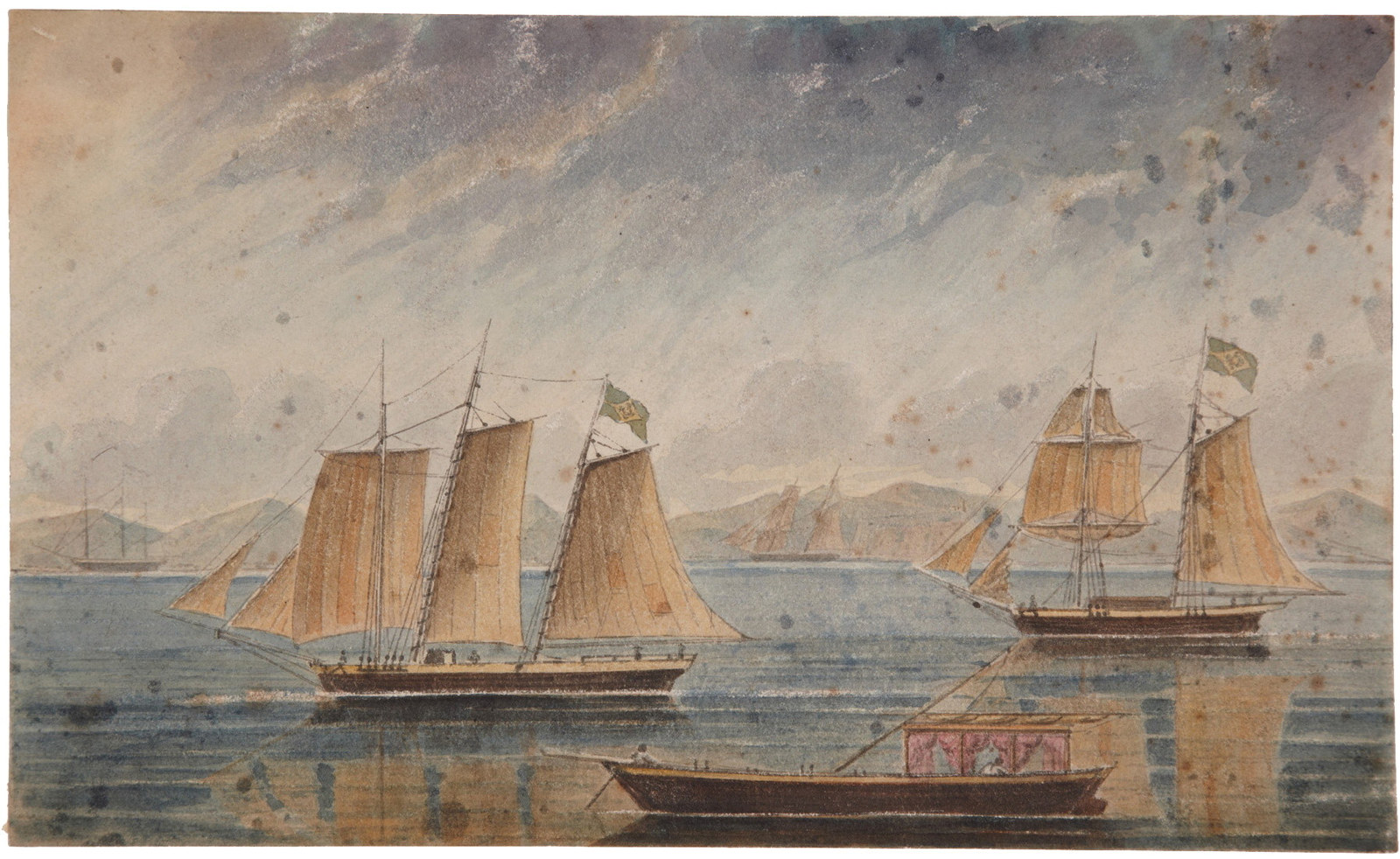
Runaways and Returned Transports: A Tale Of Ten Men
The history of convict transportation to Australia is peppered with tales of escape

The First Fleet
In August 1786, the Royal Navy captain Arthur Phillip received official instructions to prepare a convoy of ships for the ‘conveyance of seven hundred and fifty convicts to Botany Bay, together with such provisions, necessaries and implements for agriculture as may be necessary for their use after their arrival’
!['Margaret stealing the horse' [Margaret Catchpole]](https://images.slm.com.au/fotoweb/embed/2023/03/89a390f0a8b8414f8ab61e222da8604d.jpg)
The remarkable Margaret Catchpole
A Suffolk countrywoman turned Hawkesbury midwife; twice sentenced to death and twice reprieved; transported to New South Wales in 1801 and transformed after her death into a romantic literary heroine

First Fleet Ships
Voyage
The First Fleet voyage took between 250 and 252 days to complete, with 68 of these days spent anchored in ports en route